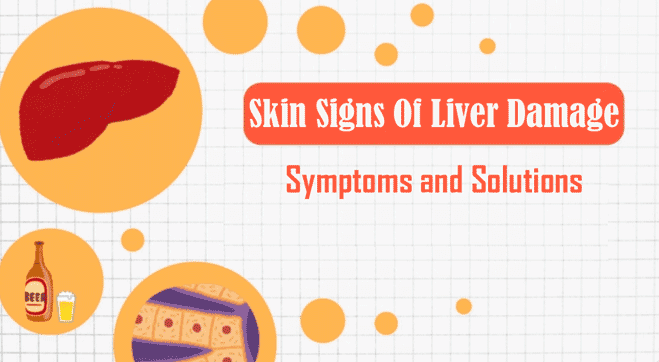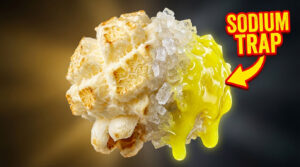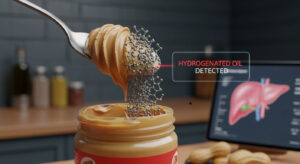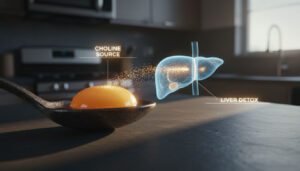The liver is a powerhouse organ, responsible for detoxification, metabolism, and nutrient storage. When it’s damaged, the body often sends out warning signals, many of which manifest on the skin.
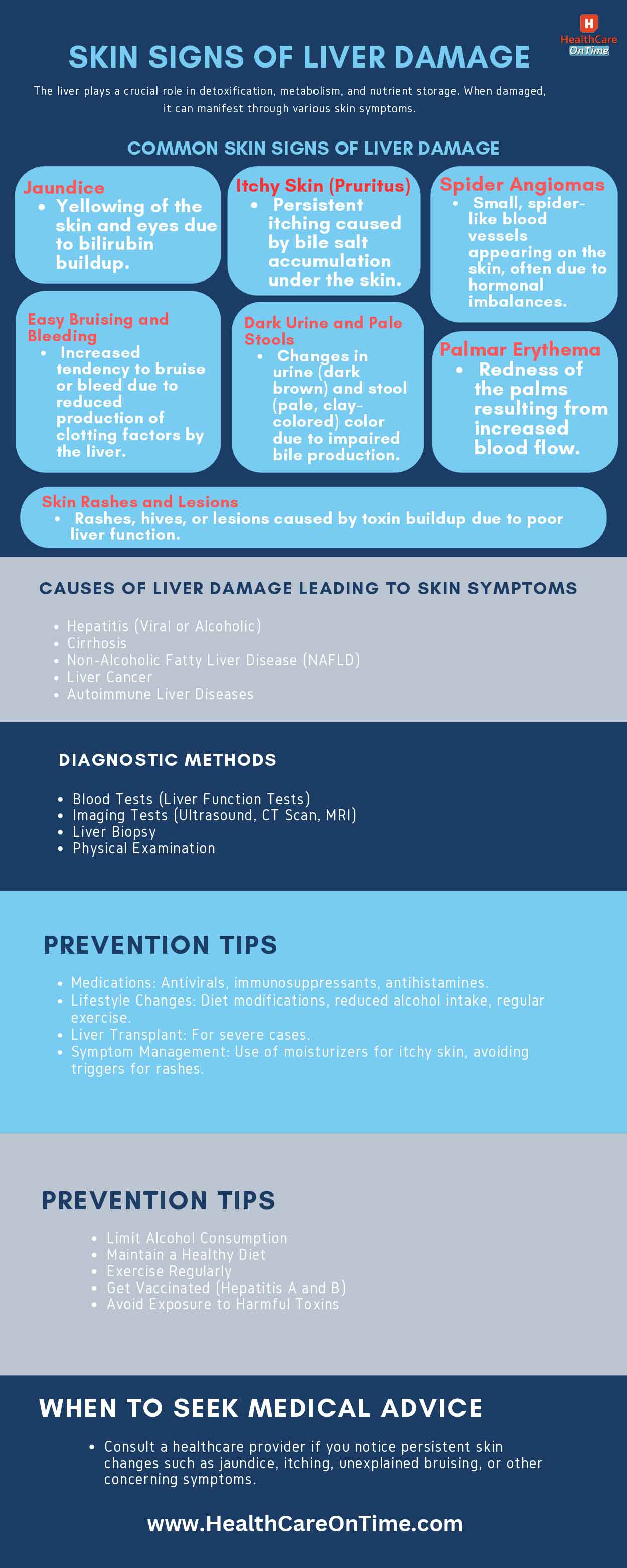
Recognizing these skin signs of liver damage early can be crucial for timely diagnosis and treatment. This article provides an in-depth look at the skin symptoms of liver damage, their causes, diagnostic methods, and treatment options.
What Are the Skin Signs of Liver Damage?
Liver damage can lead to a variety of skin-related symptoms. These skin signs of liver damage are often the first visible clues that something is wrong with your liver. Here are the most common ones:

Jaundice (Yellowing of the Skin and Eyes)
- What It Is: Jaundice is one of the most recognizable skin signs of liver damage. It occurs when the liver cannot properly process bilirubin, a yellow pigment produced during the breakdown of red blood cells.
- Appearance: The skin, eyes, and mucous membranes take on a yellowish tint.
- Why It Happens: Impaired liver function prevents bilirubin from being excreted, causing it to build up in the body.
Itchy Skin (Pruritus)
- What It Is: Persistent itching is a common skin symptom of liver damage.
- Appearance: The skin may appear normal, but the itching can be intense and widespread.
- Why It Happens: Bile salts accumulate under the skin due to liver dysfunction, causing irritation.
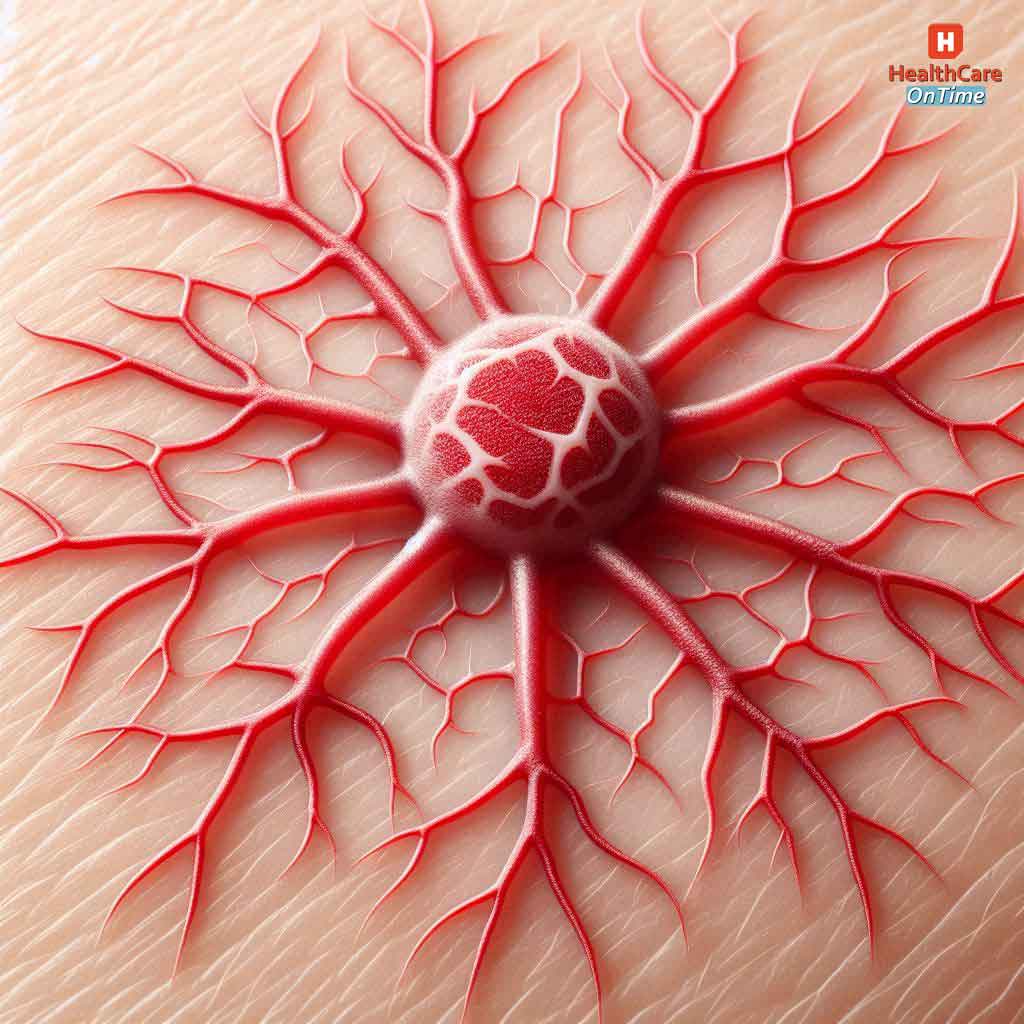
Spider Angiomas (Spider Veins)
- What It Is: Small, spider-like blood vessels that appear on the skin.
- Appearance: These red, web-like patterns often appear on the face, chest, or arms.
- Why It Happens: Hormonal imbalances caused by liver damage lead to the dilation of blood vessels.

Palmar Erythema (Red Palms)
- What It Is: Redness or a rash on the palms of the hands.
- Appearance: The palms may look flushed or have a mottled red appearance.
- Why It Happens: Increased blood flow due to liver dysfunction causes this symptom.
Bruising and Bleeding Easily
- What It Is: A tendency to bruise or bleed more easily than usual.
- Appearance: Unexplained bruises or prolonged bleeding from minor cuts.
- Why It Happens: The liver produces clotting factors, and damage can reduce their production.
Dark Urine and Pale Stools
- What It Is: Changes in urine and stool color.
- Appearance: Dark brown urine and pale, clay-colored stools.
- Why It Happens: Impaired bile production affects the excretion of waste products.
Skin Rashes and Lesions
- What It Is: Rashes, hives, or lesions on the skin.
- Appearance: Red, itchy patches or raised bumps.
- Why It Happens: Toxins build up in the body due to poor liver function, leading to skin irritation.
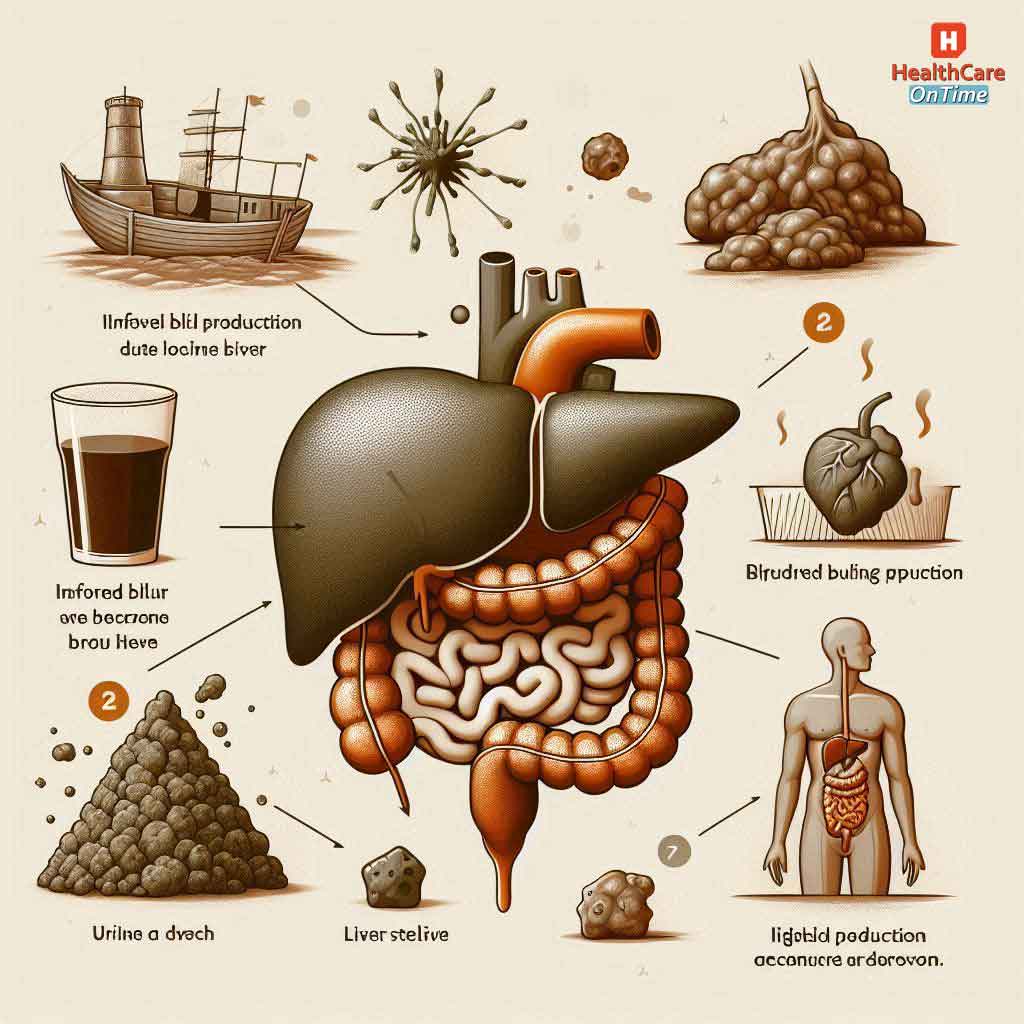
Causes of Skin Signs of Liver Damage
The skin symptoms of liver damage are often linked to underlying liver conditions. Here are the most common causes:
Hepatitis (Viral or Alcoholic)
- Description: Inflammation of the liver caused by viruses (e.g., Hepatitis B, C) or excessive alcohol consumption.
- Skin Signs: Jaundice, itching, and spider angiomas.
Cirrhosis
- Description: Chronic liver damage leading to scarring and loss of function.
- Skin Signs: Jaundice, palmar erythema, and spider angiomas.
Non-Alcoholic Fatty Liver Disease (NAFLD)
- Description: A buildup of fat in the liver, often linked to obesity and diabetes.
- Skin Signs: Itching and mild jaundice.
Liver Cancer
- Description: Tumors in the liver that disrupt its function.
- Skin Signs: Jaundice, itching, and easy bruising.
Autoimmune Liver Diseases
- Description: Conditions like autoimmune hepatitis or primary biliary cholangitis.
- Skin Signs: Itching, jaundice, and rashes.
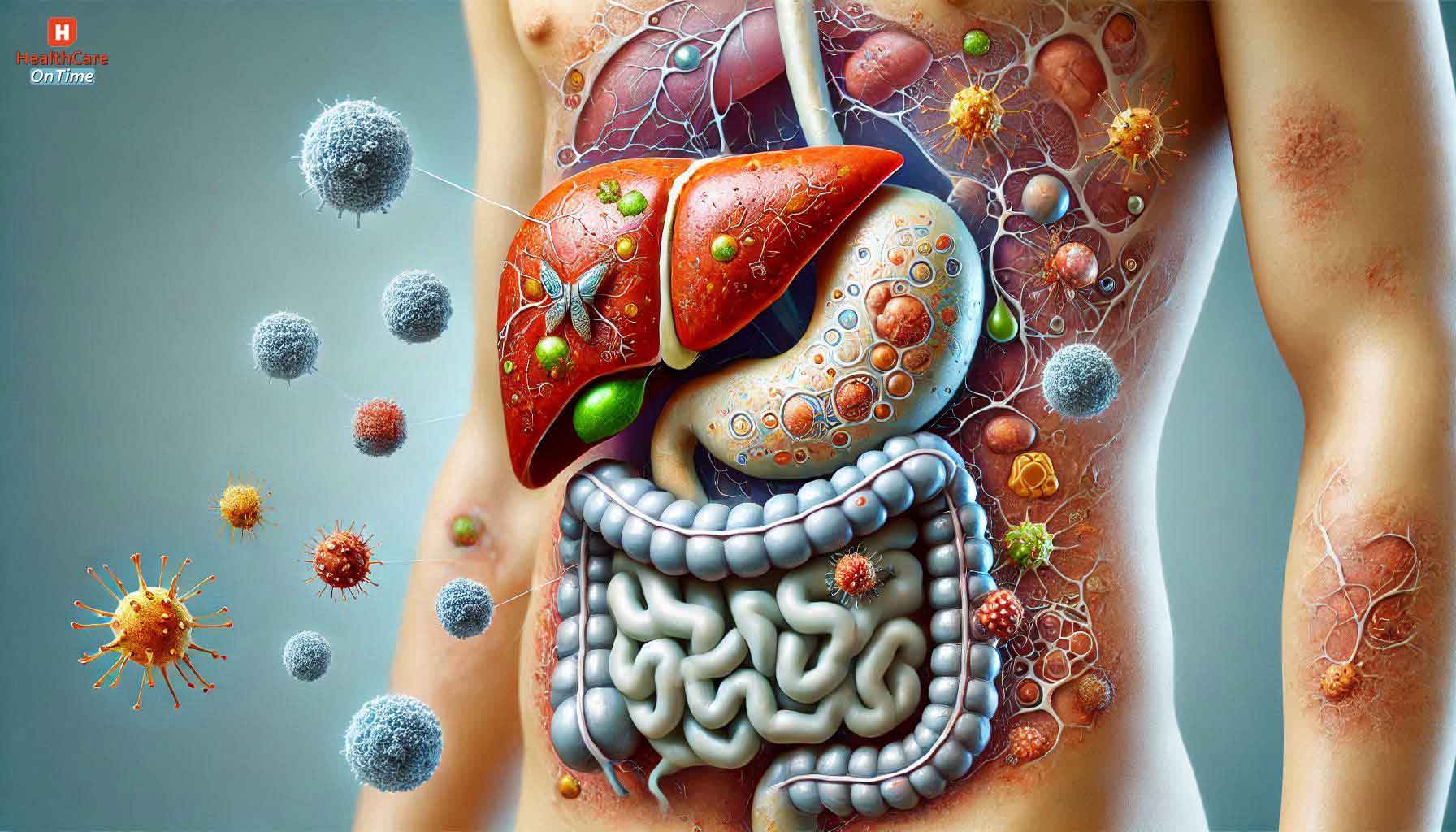
How to Diagnose Liver Damage from Skin Signs
If you notice any skin signs of liver damage, it’s important to seek medical advice. Diagnostic steps may include:
Blood Tests
- Purpose: Measure liver enzymes, bilirubin, and clotting factors.
- Common Tests: Liver function tests (LFTs), complete blood count (CBC).
Imaging Tests
- Purpose: Visualize the liver and detect abnormalities.
- Common Tests: Ultrasound, CT scan, MRI.
Liver Biopsy
- Purpose: Assess the extent of liver damage.
- Procedure: A small sample of liver tissue is taken for analysis.
Physical Examination
- Purpose: Identify visible skin symptoms of liver damage like jaundice or spider angiomas.
Treatment Options for Liver Damage
Treatment depends on the underlying cause of liver damage. Here are some common approaches:
Medications
- Antiviral Drugs: For hepatitis.
- Immunosuppressants: For autoimmune liver diseases.
- Antihistamines: For itching.
Lifestyle Changes
- Diet: Reduce alcohol, avoid processed foods, and eat a balanced diet.
- Exercise: Maintain a healthy weight to prevent fatty liver disease.
Liver Transplant
- Purpose: Replace a severely damaged liver with a healthy one.
Symptom Management
- Moisturizers: For itchy skin.
- Avoid Triggers: For rashes and skin irritation.
Prevention of Liver Damage
Preventing liver damage is key to avoiding skin signs of liver damage. Here are some tips:
- Limit Alcohol Consumption: Excessive alcohol is a leading cause of liver damage.
- Maintain a Healthy Diet: Focus on fruits, vegetables, and whole grains.
- Exercise Regularly: Helps maintain a healthy weight and reduces the risk of fatty liver disease.
- Get Vaccinated: Vaccines for Hepatitis A and B can prevent viral liver infections.
- Avoid Toxins: Limit exposure to chemicals and toxins that can harm the liver.
The skin signs of liver damage are often the first visible indicators of underlying liver problems. From jaundice and itchy skin to spider angiomas and palmar erythema, these symptoms should never be ignored. Early diagnosis and treatment can prevent further liver damage and improve your overall health.
If you notice any skin symptoms of liver damage, seek medical advice promptly. By maintaining a healthy lifestyle and staying vigilant, you can protect your liver and ensure it functions optimally for years to come.
Sources
Ref Links:

